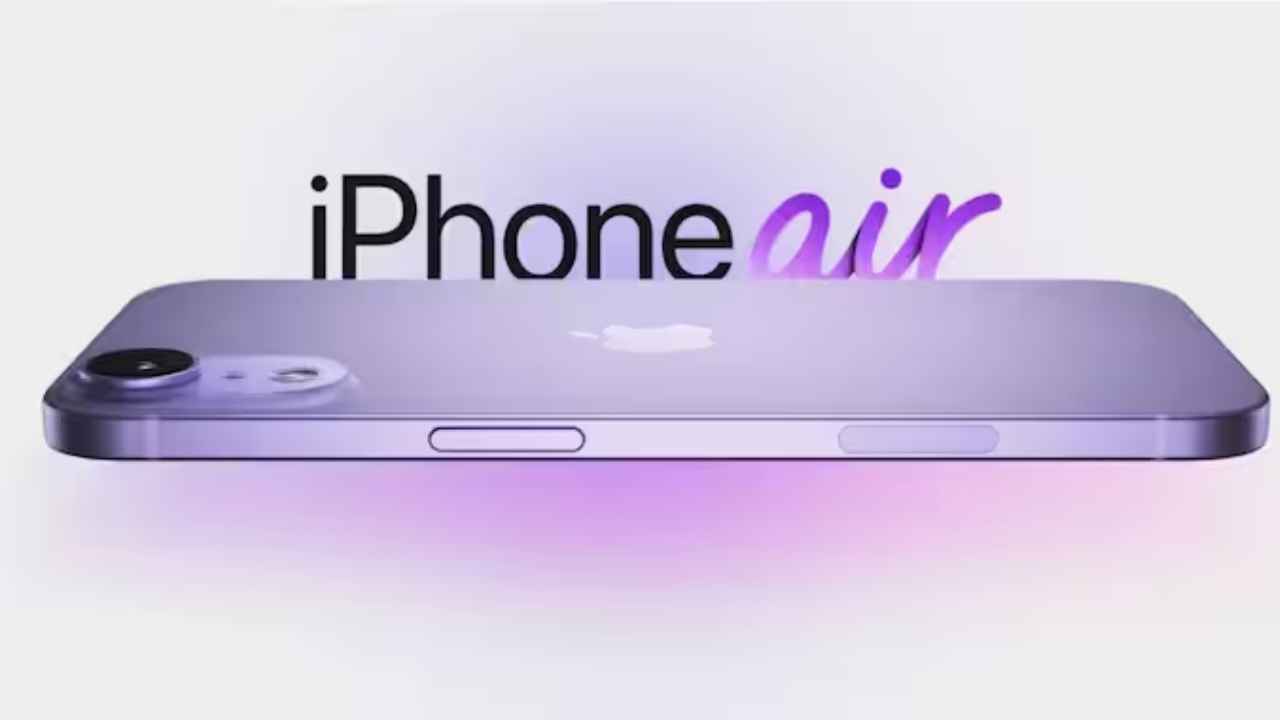
Apple considered a port-free iPhone 17 Air but changed plans, here’s why
- 17.03.2025 00:00
- digit.in
- Keywords: Apple, iPhone 17 Air
Apple considered making the iPhone 17 Air port-free but retained the USB-C port due to EU regulations and usability concerns.